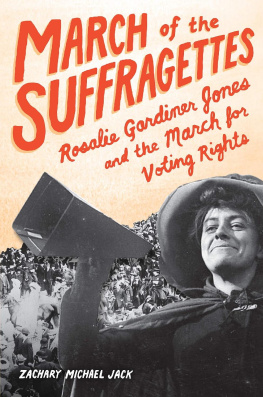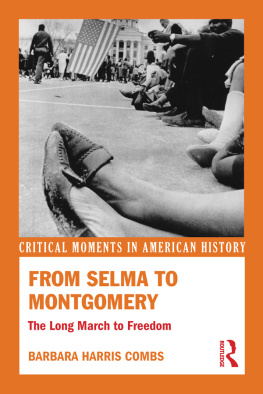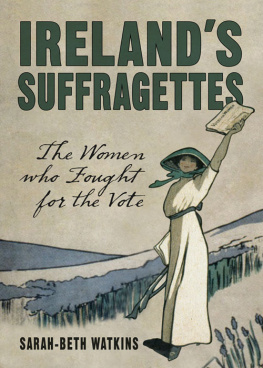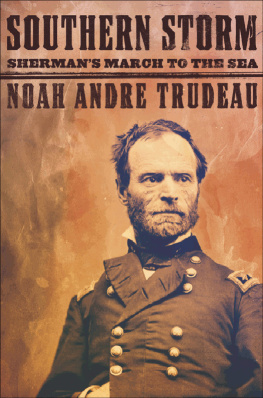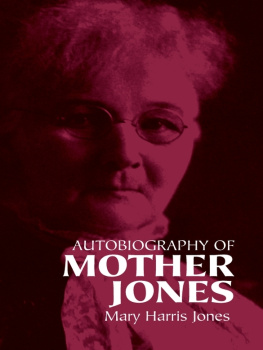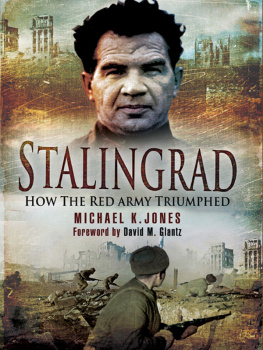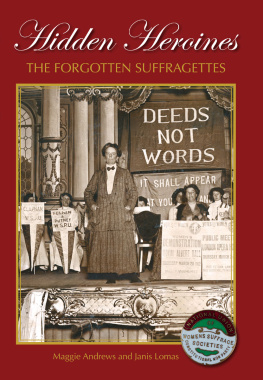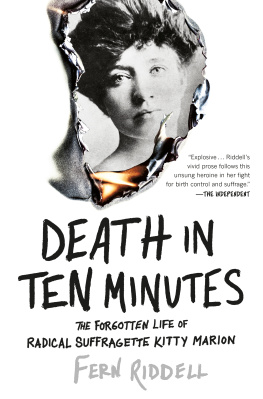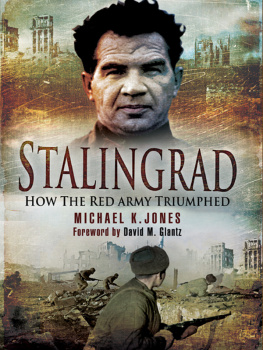Middle American Gothic
Middle American Gothic:
Regionalism and the Haunt of Home
by Zachary Michael Jack
Northern Illinois University Press
An imprint of Cornell University Press
Ithaca and London
Copyright 2020 by Cornell University All rights reserved. Except for brief quotations in a review, this book, or parts thereof, must not be reproduced in any form without permission in writing from the publisher. For information, address Cornell University Press, Sage House, 512 East State Street, Ithaca, New York 14850. Visit our website at cornellpress.cornell.edu.
First published 2020 by Cornell University Press
Printed in the United States of America
Library of Congress Cataloging-in-Publication Data
To Grant Wood, and to Mom,
maestros both in my book.
Life was not a valuable gift, but death was. Life was a fever-dream made up of joys embittered by sorrows, pleasure poisoned by pain; a dream that was a nightmare-confusion of spasmodic and fleeting delights, ecstasies, exultations, happinesses, interspersed with long-drawn miseries, griefs, perils, horrors, disappointments, defeats, humiliations, and despairsthe heaviest curse devisable by divine ingenuity; but death was sweet, death was gentle, death was kind; death healed the bruised spirit and the broken heart, and gave them rest and forgetfulness; death was mans best friend.
Mark Twain, Letters from the Earth
Contents
In Life as in Art: An Introduction to Middle American Gothic Part I: Legacies
Life in Sunnier Climes
Haunting the House of Memory
Springtime on the Prairie: A Middle American Gothic
Part II: Visitations
Blood and Soil
Pitchforks and Pies
The Casket-makers Son
Death by Mail
Life and Death in Oz
Exhuming the Regionalist Body
Dredge: A Middle American Gothic
Part III: Resurrections
Ghost Players
Cornfield Cathedrals
Dovesong: A Middle American Dirge
Afterword: Life After Death
Acknowledgments
Index
Middle American Gothic
In Life as in Art: An Introduction to Middle American Gothic
We come from people who brought us up to believe that life is a struggle. And if you should ever feel really happy, be patient: this will pass.
Garrison Keillor
In his 1997 book The Undertaking: Life Studies from a Dismal Trade funeral director Thomas Lynch recalls what it was like to grow up in Middle America with a father and a family immersed in such a macabre profession. The worst seemed always on the brink of happening, as his daily rounds informed him, Lynch remembers of his childhood in Milford, Michigan. For my father, even butterflies were suspect. He learns from his father to perceive in the unrelenting stream of calamites evidence of a merciless God. Car wrecks and measles and knives stuck in toasters, household poisons, guns left loaded, kidnappers, serial killers, burst appendices, bee stings, hard-candy chokings, croups untreatedall these, Lynch writes, came to signify the aberrant disasters of a small-town Midwestern childhood.
My own childhood, and the childhoods of many Middle American children, passed under a similar pallor. In fact my familys stock and tradefarmingwas a lethal profession. In 1971, the year my father began reaping and sowing our 500 acres full-time with my grandfather, the profession ranked as the third most dangerous in America behind only mining and construction. Although agriculture accounted for only 4.4 percent of the workforce back then it accounted for nearly 10 percent of the disabling injuries. Life in the place we called home could be uniquely challenging, so much so that our hometown was featured as the first chapter in Osha Gray Davidsons nationally popular nonfiction Broken Heartland: The Rise of the AmericasRural Ghetto. Davidsons book exposed to the rest of the nation many of our towns darkest and best-kept secrets, alleged skeletons in the closet that ranged from hunger, to disease, to poverty and premature death.
We could be forgiven, then, if we did not watch scary movies set in our part of the country with their full complement of grim reapers and farm implement-wielding madmen. Most years we did not celebrate Halloween at all, in fact, not for any particular religious objections but for the simple reason that we knew too many men and women with missing limbs, work-disabled bodies, or disfigured faces. It came as no surprise to us when, in 1984, scouts chose our rural region as the location for Stephen Kings instant horror classic Children of the Corn.
Death was mothers milk for us. Our ancestors slept in their Civil War-era graves in the pioneer cemetery just down the gravel road from where we lay our heads each nightcemeteries we mowed, string-trimmed, and decorated in an agrarian version of Day of the Dead. There we communed with our long-gone kin as naturally as neighbors. While we were friendly with our dead, we took pains not
to court disaster or evoke their displeasure, refusing to count our chickens. Each and every October my grandfather served as our unofficial spokesman, expressing our esprit de corps in ruefully predicting that he would not live to see another harvest.
In the ultimate paradox what city friends occasionally derided as his negativity or
pessimism turned out to be a recipe for a long and successful life lived in community.
Fatalism positively infuses the nations midlands, creeping into its folkways and social mores, feeding a homegrown sense of duende. For many the prairie Gothic connotes a Lake Woebegone-styled stoicism informed by hard-won experience: realism leavened by pessimism coupled with a healthy dose of Middle American Murphys Law. For others the term signifies a darkly dclass, sky-is-falling worldview espoused by the gray and aged living out their days in an interminable Flyover Country. In Tales from Lake Woebegone Minnesotan Garrison Keillor creates a cast of stoical characters that seem to exist almost entirely within the fatalistic limits of their insular town. In a 2012 interview he describes how the ostensible domesticity of his small-town Midwestern upbringing created in him a compensatory taste for lifes darker notes. I had no sorrows, he recalls, beyond what any normalMinnesotan would go throughscarce money, absurd self-consciousness, cold weatherand so I needed the bitter cigarette and the sting of alcohol to create a little drama for myself.
In the movies, a man lights a cigarette before he goes off to face death, and after he has faced it, he pours himself a drink. The young Keillor resorts, metaphorically speaking, to lighting fires where there were none naturally occurring, perhaps to melt the ice of what fellow Minnesota writer Carol Bly calls the chill of a region inhabited by Gods frozen people.
For the poet Federico Garcia Lorca, the death-instinct of a place, whether Andalusia or Minnesota, emerged from its duende. Lorca describes the process by which a particular region manifests its own unique sense of duendea love of, and penchant for, black sounds. The poet maintains that such dark notes are born of: the mystery, the roots fastened in the mire that we all know and all ignore, the fertile silt that gives us the very substance of art.
The duende, then, is a power, not a work. It is a struggle, not a thought.
A region animated by death-and-life struggles, the poet maintains, is a country uniquely open to death. Duende gestures at precisely the regional haunt that happens when place-based theologies, pathologies, and artistries coalesce into folkways grounded in trial and tribulation. While the conventions of Southern Gothic popularized by Flannery OConnor, William Faulkner, and Carson McCullersthe grotesque, the macabre, and the fantasticalreceive far greater fanfare, Middle American Gothic exerts an equally powerful yet quieter influence. The Iowa Regionalists of the 1920s and 1930s, Grant Wood and poet Jay G. Sigmund
Next page
